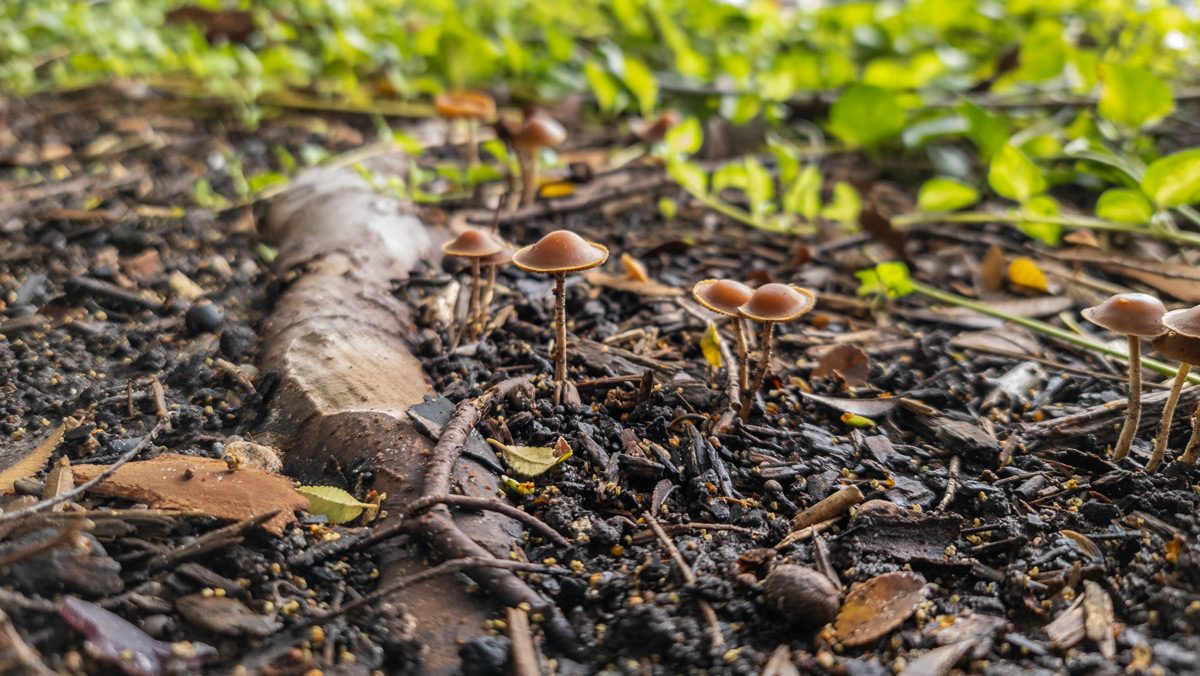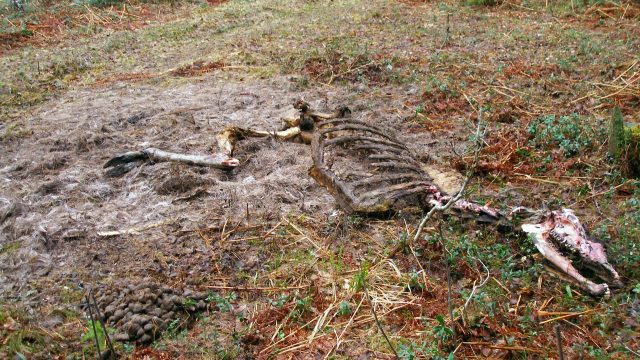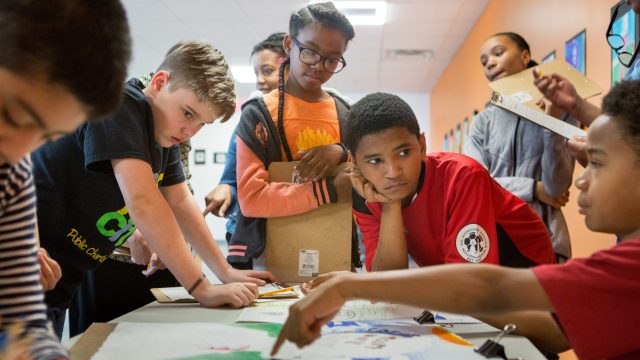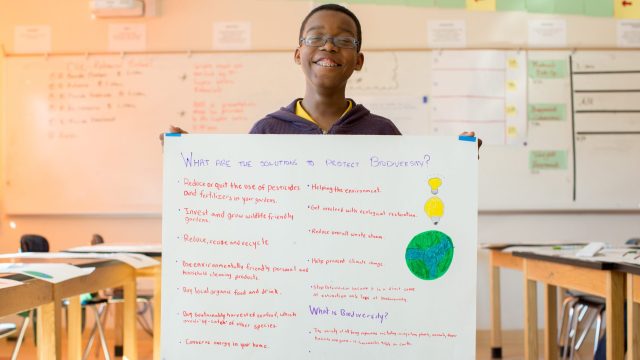Matter and Energy in Ecosystems

Field Test Information
Daily Log
Record Daily LogPost-evaluation Form
Post-evaluation FormParticipant Information
Download Participant InformationAttendance Sheet
2025 Attendance SheetSupporting Files
Before the Unit Begins - PDF


















